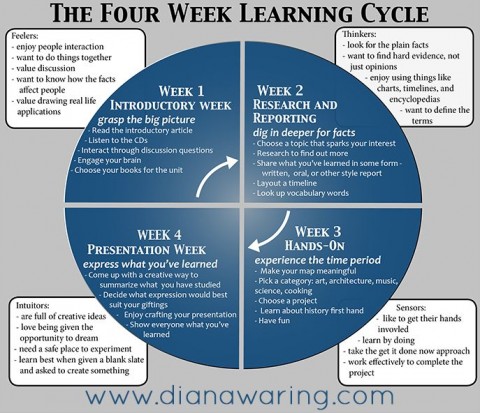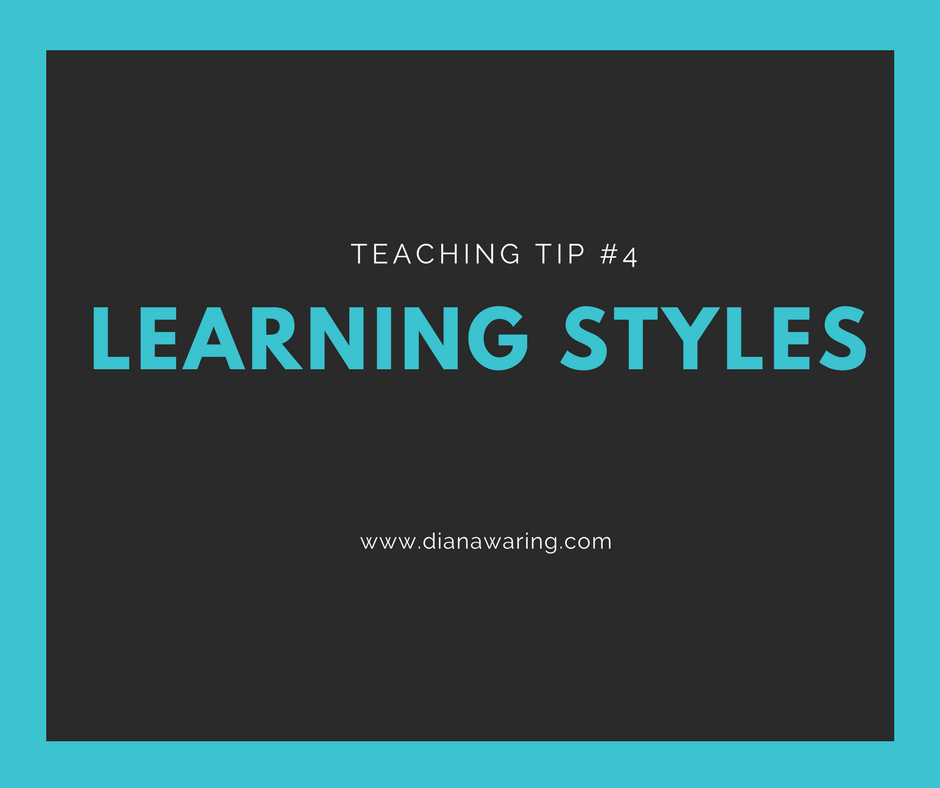If you think back to your days in a classroom, can you remember the kid that was always fidgeting? And, what about the one who was always talking? You probably noticed the studious types who knew every answer in English, history or science class, and the gregarious types who knew every person in school. In P.E., some kids could run laps without breaking a sweat, while others could barely make it once around the track. In art or music, some made it look easy while the rest tried to not look stupid. There were labels—from top student to teacher’s pet to ADD to daydreamer to troublemaker—whether positive or negative, given by teachers and other students. Do you remember?
Why do some students thrive when they sit at a desk with a book and an assignment, while others struggle? And, more importantly, why do we consider the former “smart” and the others not? Why do we find some easy to teach—dream students—while others frustrate us? These questions are critical to answer because we want ALL of our kids to thrive in their learning experience.
Back in the early 1990s, we were introduced to a concept that revolutionized our approach to education because it created a way for ALL learners to have the opportunity to enjoy their studies. It was called Learning Styles. Based on an adaptation of the Myers-Briggs studies, books we read focused on what kind of approach appealed to a Thinker, a Feeler, a Sensor, and an Intuitor. In Marlene D. LeFever’s book, Learning Styles, she writes:
“A learning style is the way in which a person sees or perceives things best and then processes or uses what has been seen. Each person’s individual learning style is as unique as a signature. When a person has something difficult to learn, that student learns faster and enjoys learning more if his or her unique learning style is affirmed by the way the teacher teaches.”
LeFever’s book, among others, described how every student could have an opportunity tothrive—regardless of the subject matter—if teachers systematically used a “learning styles cycle.”

So, that’s what we did. When we began creating the History Revealed curriculum, we wanted every student to be able to learn and to enjoy the process, so we utilized a four week learning cycle for the foundational structure of each chapter. Regardless of their learning style, each student will have at least one week that will spotlight his or her strengths.
And, since some families may want to go slower through the material (or faster!), we use the term “Phase” rather than “week” in the Student Manual and Teacher’s Guide. That means you have the freedom to choose your own pace.
No Comments
There are no comments yet, add one below.

